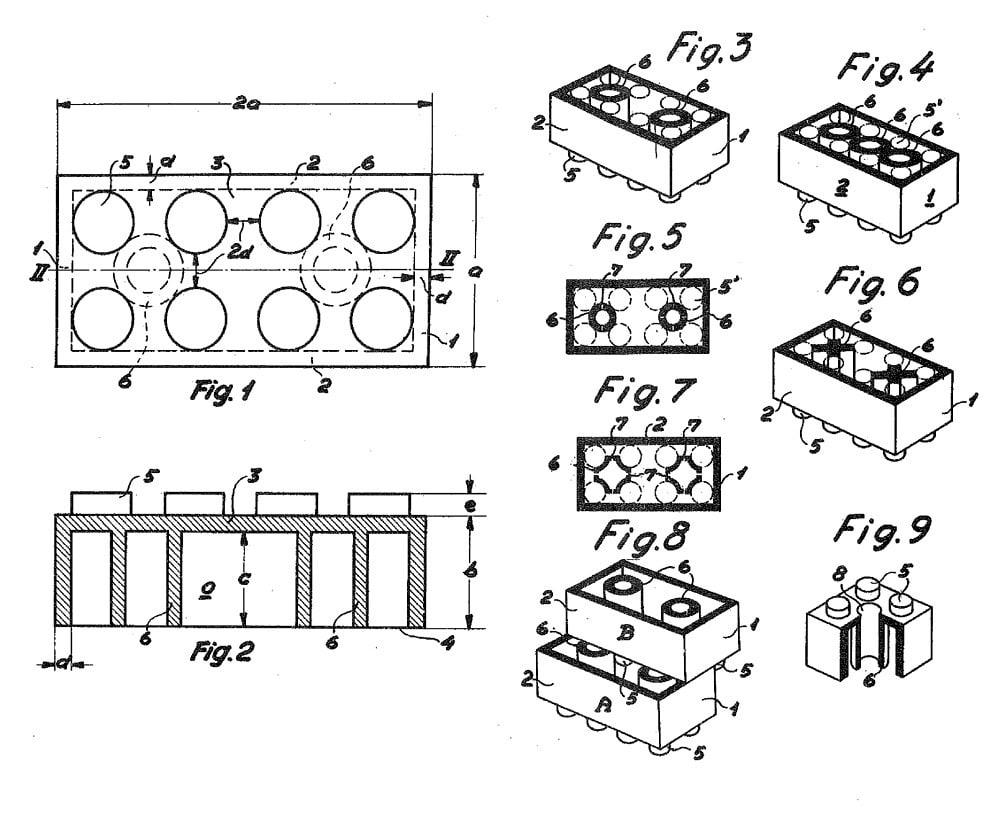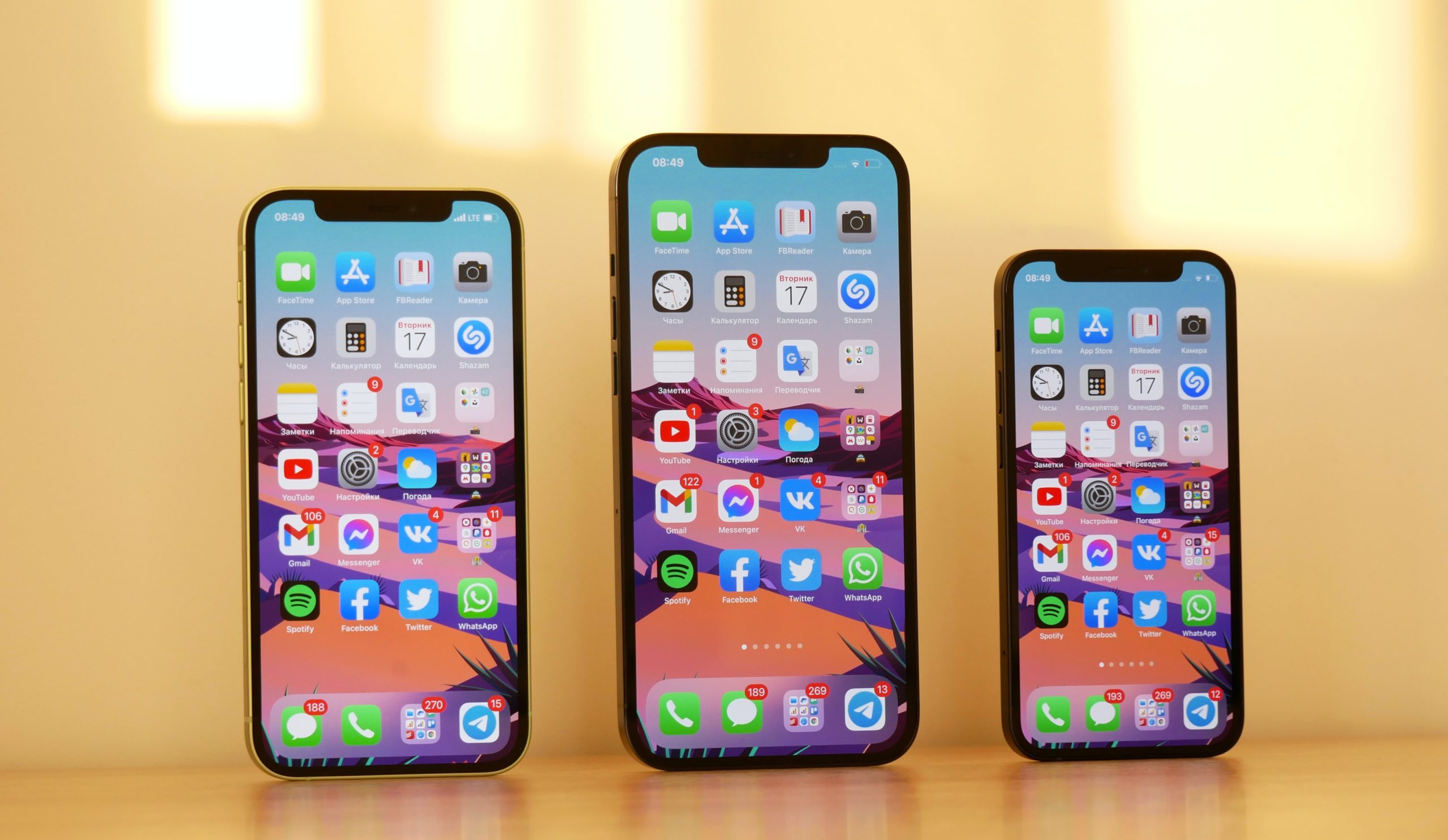
Reasons to Include a Continuation Patent as Part of Your IP Strategy
A continuation patent application is a separate later-filed patent application that relates to an earlier-filed patent application. The continuation patent application must be based on the specification shown in the earlier-filed patent application and must “build on” or add additional patentable claims. The continuation patent application is commonly called the “child” application and the original […]
Read more about Reasons to Include a Continuation Patent as Part of Your IP Strategy







